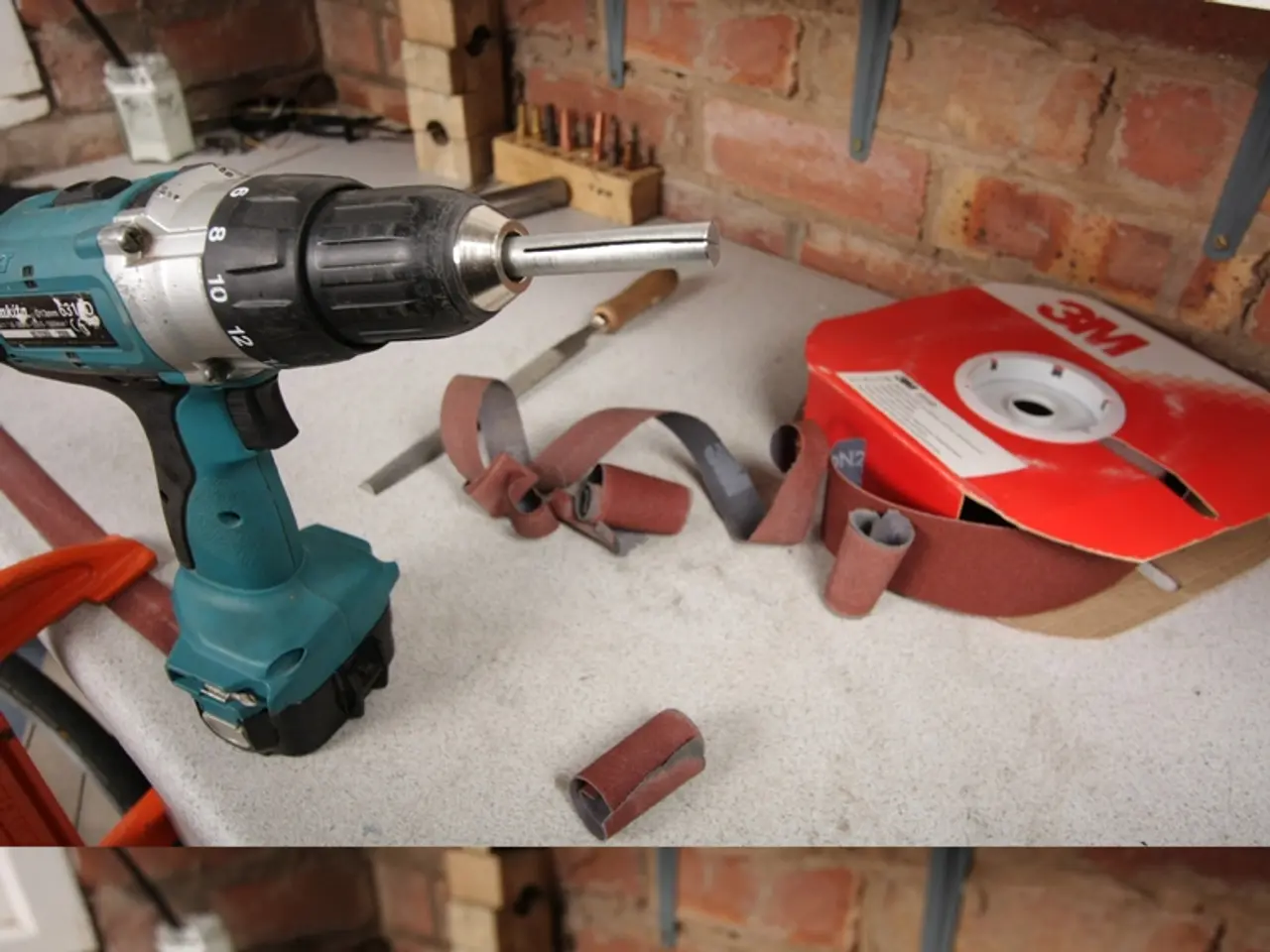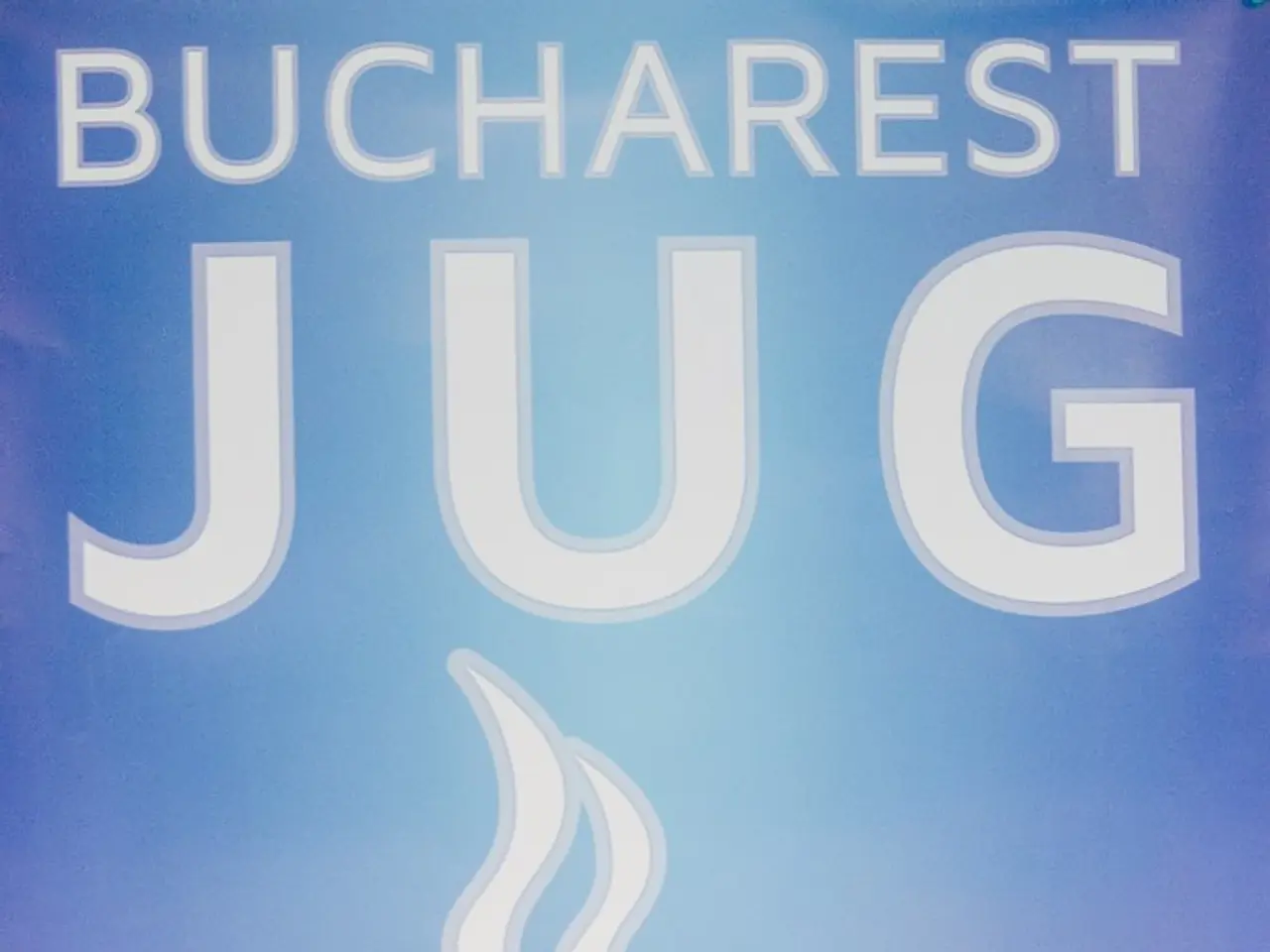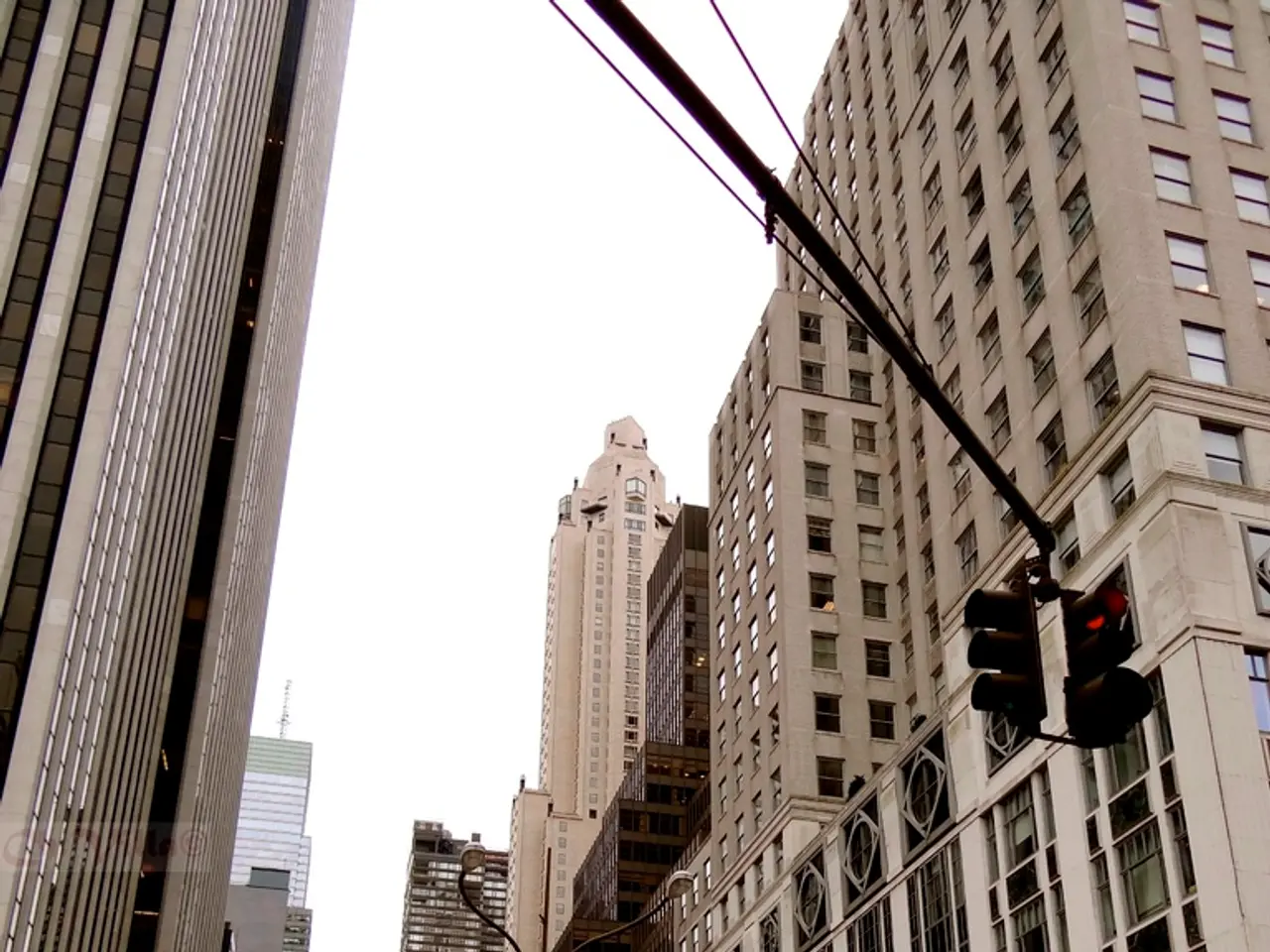Implementing Cost-Effective Strategies for High Density Interconnect Boards
In the realm of electronics, the quality and cost of High-Density Interconnect (HDI) Printed Circuit Boards (PCBs) are closely intertwined with the end product's quality. Here's a breakdown of key considerations for optimizing HDI PCB cost, focusing on material choice, via drilling methods, and imaging techniques.
Material Choice
Choosing cost-effective yet high-performance laminates is crucial. Thin dielectrics and high-quality laminates that can withstand thermal and mechanical stress during fabrication and operation help ensure reliability without unnecessary cost overruns. For instance, specialized materials like Shengyi S1140F require specific drill bit geometries for cost-effective drilling.
Via Drilling Methods
Mechanical drilling is standard but limited to larger holes with potentially higher costs at greater aspect ratios (thickness to diameter). Minimizing the number and complexity of mechanically drilled vias reduces cost. Laser drilling, preferred for microvias in HDI PCBs due to its precision and ability to create very small holes, adds to the cost but is necessary for HDI technology.
Optimizing via structure—such as limiting microvia aspect ratios to about 0.75:1 for reliable plating—and reducing back-drilling steps contributes to cost control.
Imaging Techniques
HDI PCBs require advanced imaging and etching to achieve fine trace widths and spacing, often tighter than typical PCBs. These tight tolerances demand high-precision equipment and increase costs. Maintaining consistent trace widths and controlled impedance reduces signal integrity issues and rework.
Additional Cost-Saving Strategies
Minimizing the layer count and board size, simplifying routing, and panelizing designs to maximize material usage—all while maintaining required electrical and thermal performance—are other strategies to consider for cost optimization.
The Economy of Buried Vias
Directors of PCB manufacturing and PCB design, Steve Arobio and Atar Mittal, discuss the economy of buried vias in High-Density Interconnect (HDI) technology. They suggest using blind-and-buried via architecture to achieve better hole-to-copper clearances, aspect ratios, and fewer layers.
Comparing Common Materials
The three materials under comparison (FR408HR, Nelco N4000-13 SI, and Megtron 6) are commonly used for high-speed digital PCBs. Megtron 6, with its unique low-Dk fabric known as flat glass, offers excellent electrical properties for high-speed digital applications. However, FR408HR, although cheaper in price, has a higher dielectric constant and higher loss factor compared to the other two.
Special Considerations for BGA Design
If BGAs with a ball pitch of less than 0.5 mm are involved, it is recommended to consult with a board manufacturer before commencing the layout.
In summary, to optimize HDI PCB cost:
- Select materials that balance performance with fabrication compatibility.
- Use laser drilling judiciously for microvias but minimize mechanical drilling and back-drilling complexity.
- Employ advanced, precise imaging techniques balanced with manufacturability to achieve fine features without incurring excessive yield loss or rework.
- Avoid adding layers and making holes smaller without considering the impact on yield.
- Consider using buried vias to achieve better hole-to-copper clearances, aspect ratios, and fewer layers.
[1] Arobio, S., & Mittal, A. (2021). The economy of buried vias in High-Density Interconnect (HDI) technology. [Conference paper]
[2] Chang, H. (2019). Materials for HDI PCBs: A comprehensive review. Journal of Electronic Materials, 48(10), 4477-4489.
[3] Chen, Y., & Zhang, Y. (2017). Advanced materials and processes for HDI PCBs. Journal of Electronic Packaging, 168(1), 1-16.
[4] Li, Y., & Wang, Q. (2018). Recent advances in HDI PCB manufacturing. Journal of Electronic Packaging, 170(1), 1-15.
Controlled impedance technology is essential in achieving reliable signal integrity in HDI PCBs, as maintaining consistent trace widths contributes to reducing signal integrity issues and rework.
Furthermore, technology such as laser drilling is necessary for HDI PCBs due to its precision and ability to create very small holes, but must be balanced carefully with material choice and via structure for cost optimization.




